1968, the symbolic year of protests and cultural rebellion that covers a longer period of time, is celebrating its 50th anniversary this year. An important anniversary that I want to tell you with my designer eyes. What heritage has left in design a year of such strong break with the past?
Since the mid-60s, domestic objects began to come to life in homes
Telling something that has not been lived is not simple, especially if there is some in-depth literature about it that has already explored reasons, effects, causes and consequences. What I want to do is tell you what I liked the most about design from 1968.
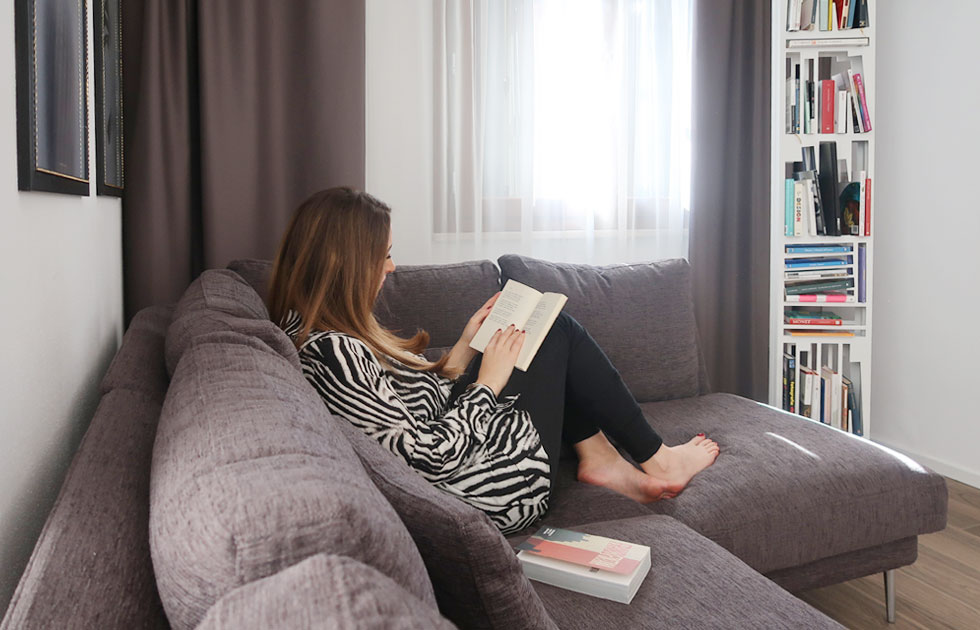
Let me preface my statement by saying that splitting the design from the sociopolitical context of those years is practically impossible. As relevant today as it was then. Recalling the words of the designer Andrea Branzi, “the aesthetic question is therefore the great political problem of the future: a problem that if not solved will produce an irreversible social waste”.
Since the mid-60s, domestic objects began to come to life in homes, becoming an active and dynamic part of people’s daily lives. The design experiments with rebel elements of furniture, able to adapt to different environments, more modern also as a social concept.
The chairs designed in those years support more relaxed and informal postures, which stimulate conversations and being together
Those born after the ’50s, who in the years of the protests have reached the adulthood, are the protagonists of the new rituals of sharing and conviviality. Architects and designers design not only for their homes, but also for clubs and meeting places. The chairs designed in those years support more relaxed and informal postures, which stimulate conversations and being together.
An innovative chair, symbol of those years, is the “Sacco” armchair by Gatti, Paolini, Teodoro.
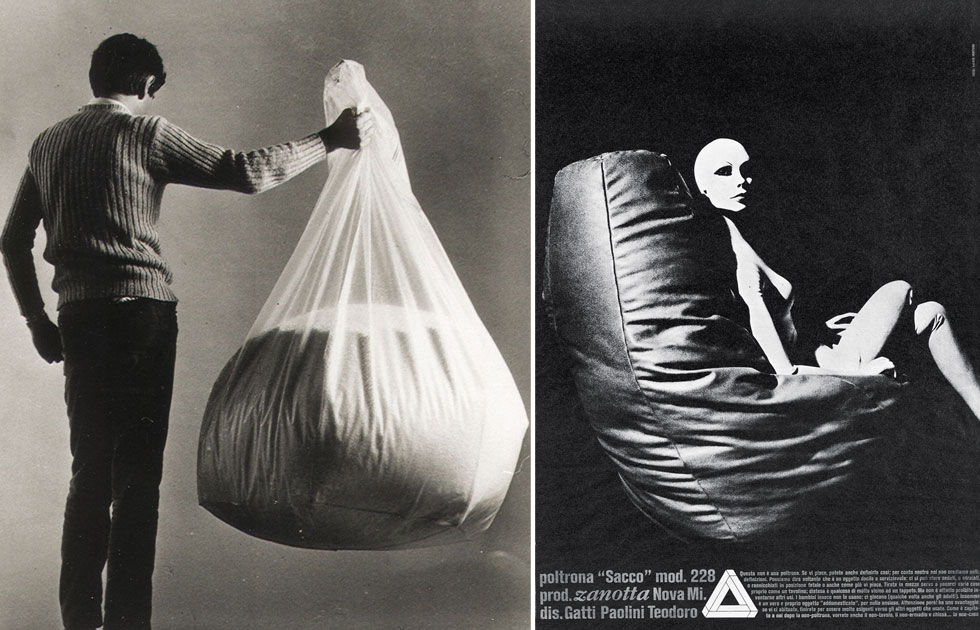
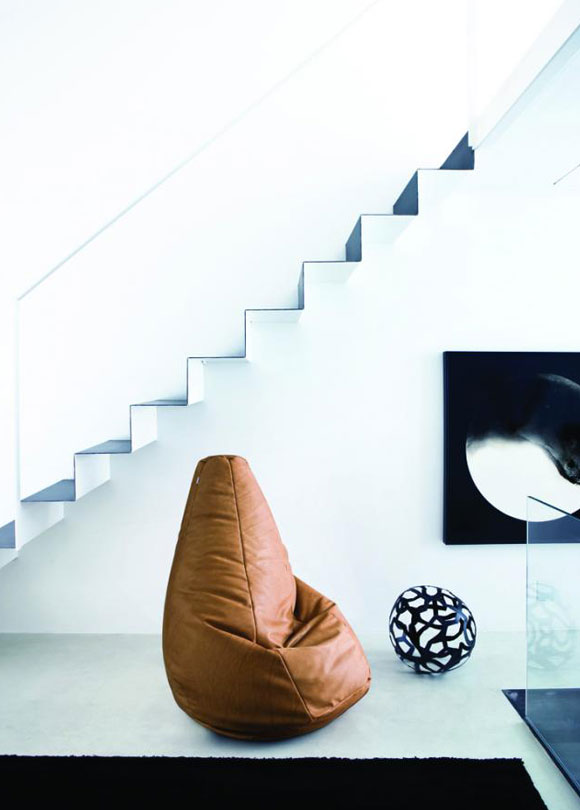
The three designers from Turin presented this armchair with a radical design (a bag full of polystyrene) to Aurelio Zanotta who wasted no time putting it into production.
alle provocazioni si unì l’ironia degli oggetti
Let me remember the ironic and grotesque use that was able to give the great Italian actor Paolo Villaggio (my Italian readers already know what I mean, right?) on the small screen. In this way, radical design officially entered into Italian homes. A small example of how the irony of objects joined the provocations.
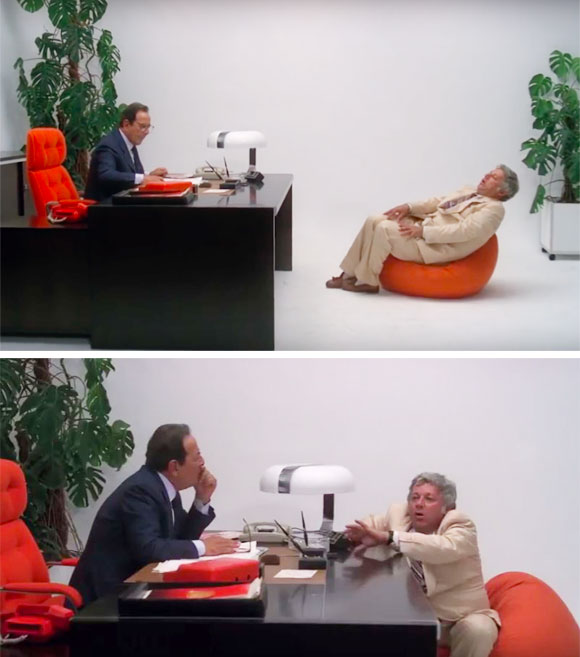
The objects of those years did not dictate fashion, but they transformed and shaped a new culture. New ways of designing were designed for desires that had not yet been made, in a design that became more and more social. It is as if the design had also been “occupied”, as in the university.
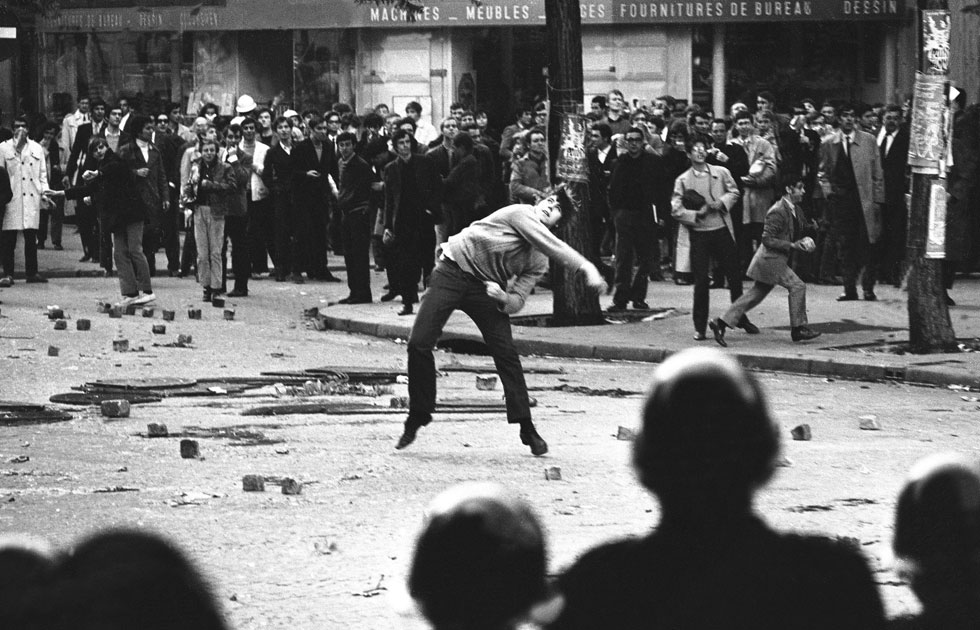
Experimentation, protest and rebellion were the key words
There was an explicit invitation to dare, as a sort of imperative of that exaggerated year. Experimentation, protest and rebellion were the key words. Rounded and playful shapes, full colors and geo patterns, are perhaps the most characteristic elements of the 1968 in the design of lights, furniture and kitchens.
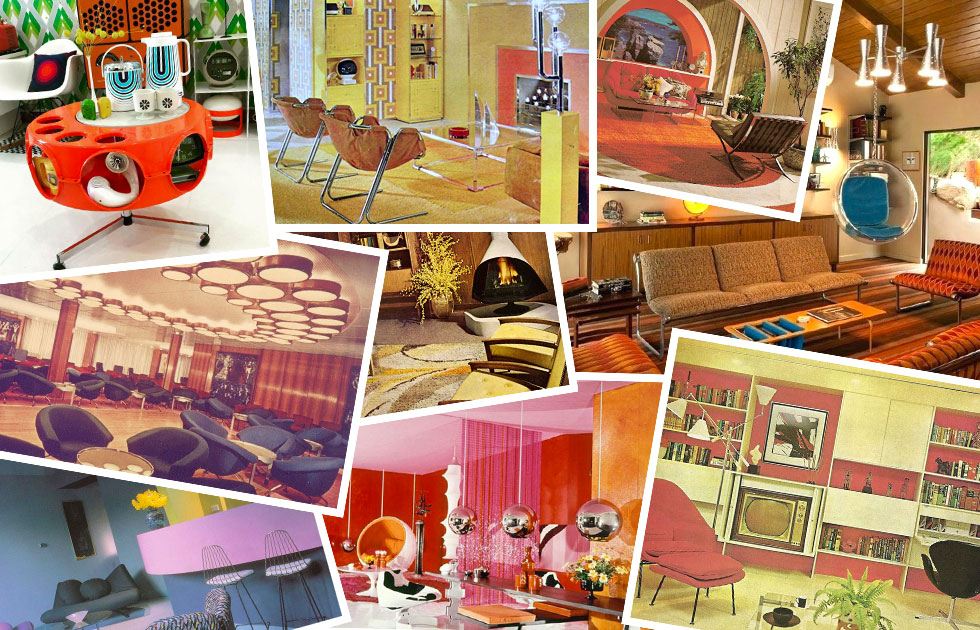
Another sign of clear break with the past is to be found in the Castiglioni brothers‘ masterpiece of social design: the circuit breaker switch. A piece of design that today is found in everybody homes, produced in incalculable amount. The object interrupts the electric current of any lighting cable or in general of any cable carrying current. Think about the legendary “click” of the switch and how new was in the late 1960s! The breakdown of the schemes lies in the possibility of buying high quality design also in hardware and at a very small price. Certainly the most sacred piece to the Castiglioni brothers, according to what was said by Giovanna Castiglioni in our interview.
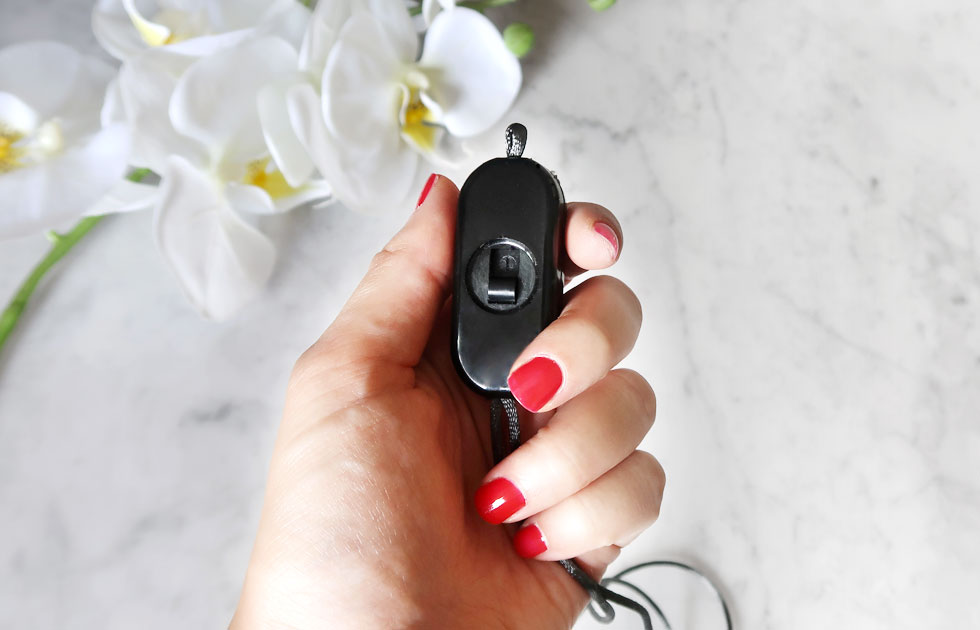
Produced in 1967 but designed a few years earlier, there’s also Eclisse by Vico Magistretti for Artemide, winner of a Compasso d’Oro.
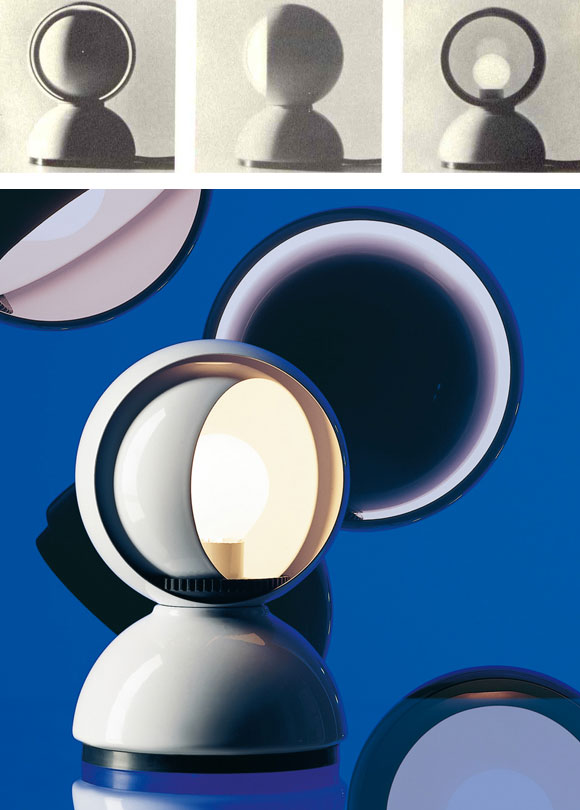
An astronomical phenomenon that in some way also announces the magic of the first moon landing.
In short, the list of iconic products of that period would be really long, so I selected the most suggestive ones. Here they are:
Ovalia Egg Chair by Henrik Thor-Larsen (1968)
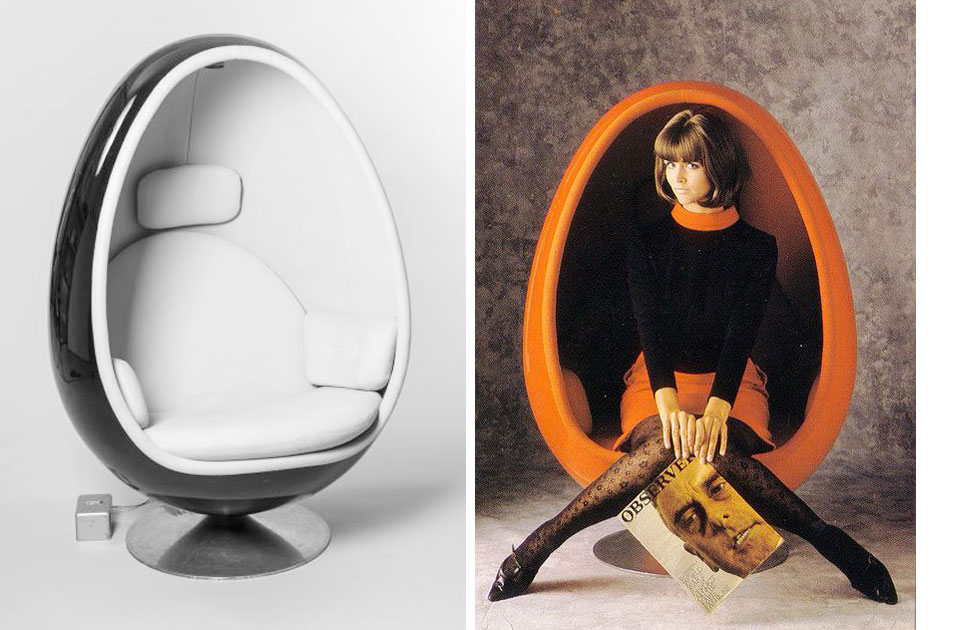
Bubble Chairby Eero Aarnio for Eero Aarnio Originals (1968)
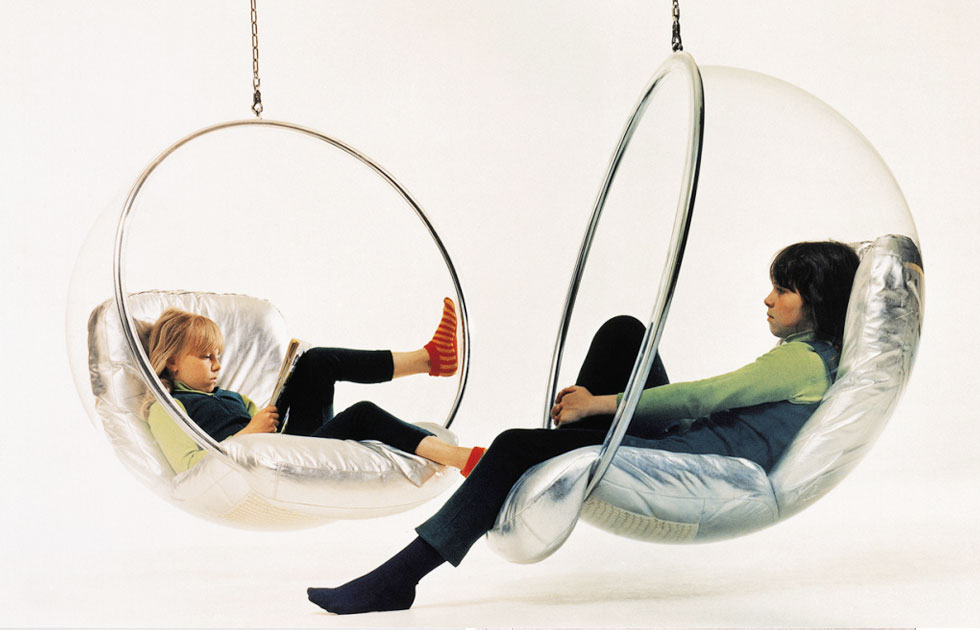
Cobra lamp by Elio Martinelli for Martinelli Luce (1968)
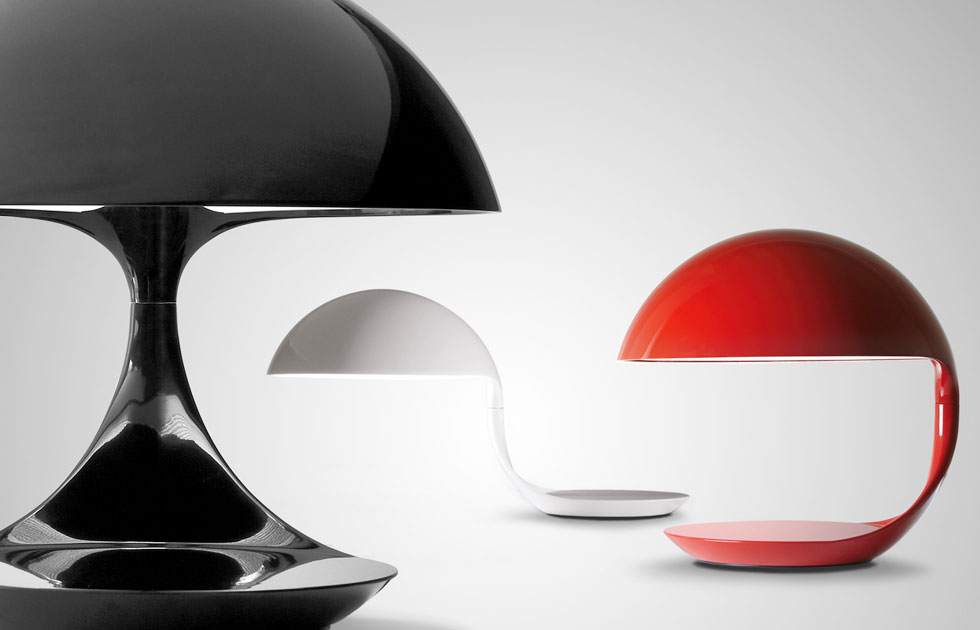
Plia by Giancarlo Piretti for Castelli (1968)

Snoopy by Achille and Pier Giacomo Castiglioni for Flos (1967)
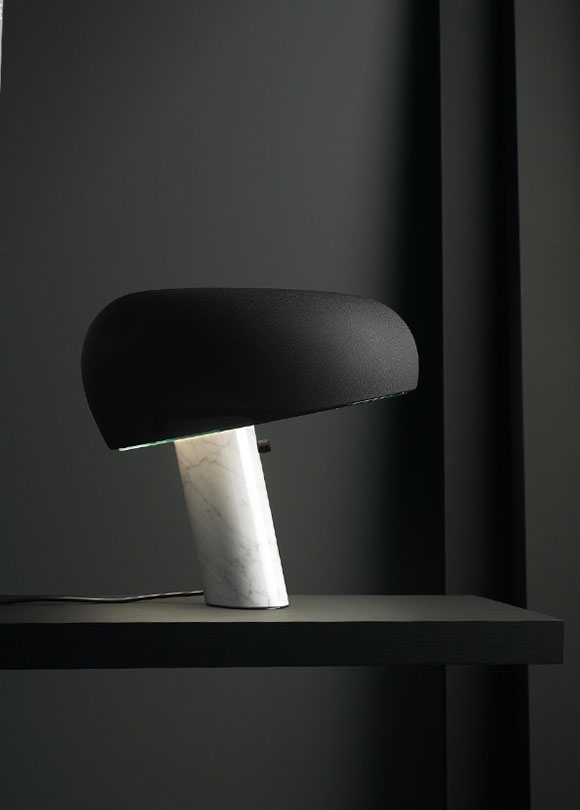
Universal Chair by Joe Colombo for Kartell (1967)
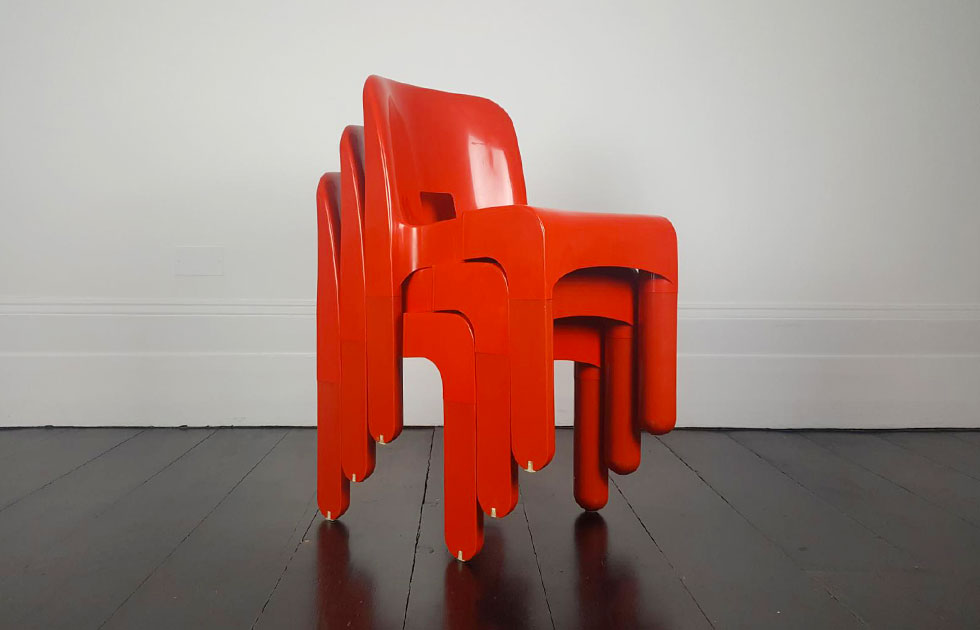
It's from '69 the Up5 and Up6 by Gaetano Pesce, the armchair with unequivocal anthropomorphic references produced by B&B Italia
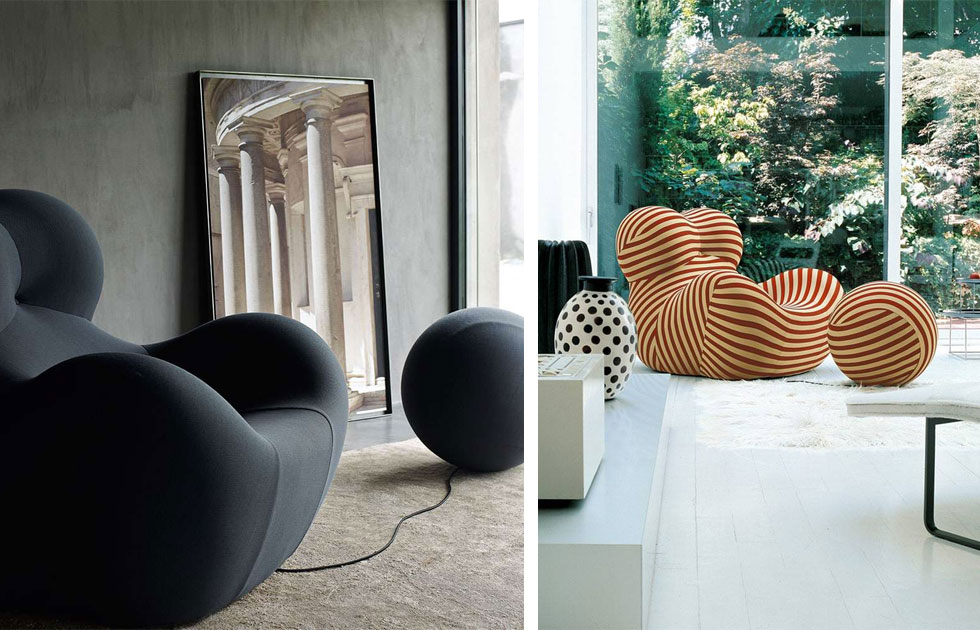
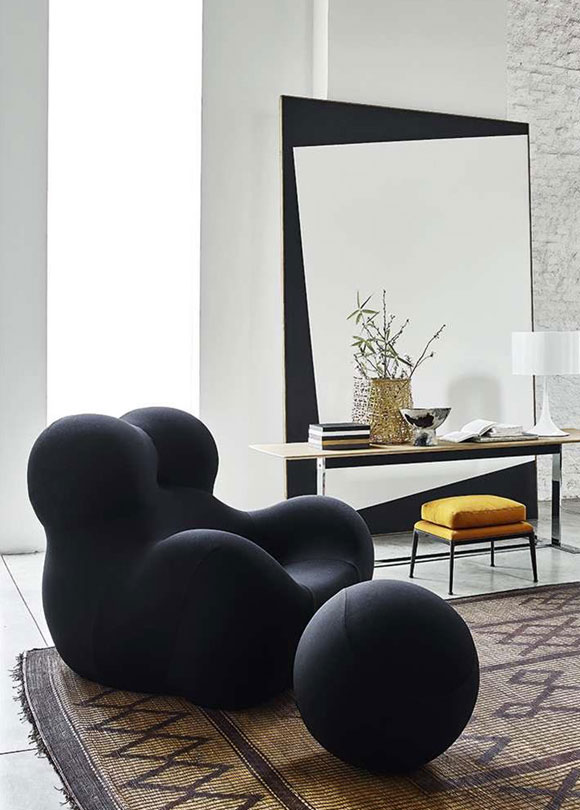
Se ti è piaciuto questo articolo potrebbe interessarti anche:
> Giovanna Castiglioni racconta il padre Achille
> Il Metropol Parasol di Siviglia
> La Utrecht “Point”: come una veste contemporanea encomia il passato
> Schaffer House: la casa di “A Single Man” di Tom Ford
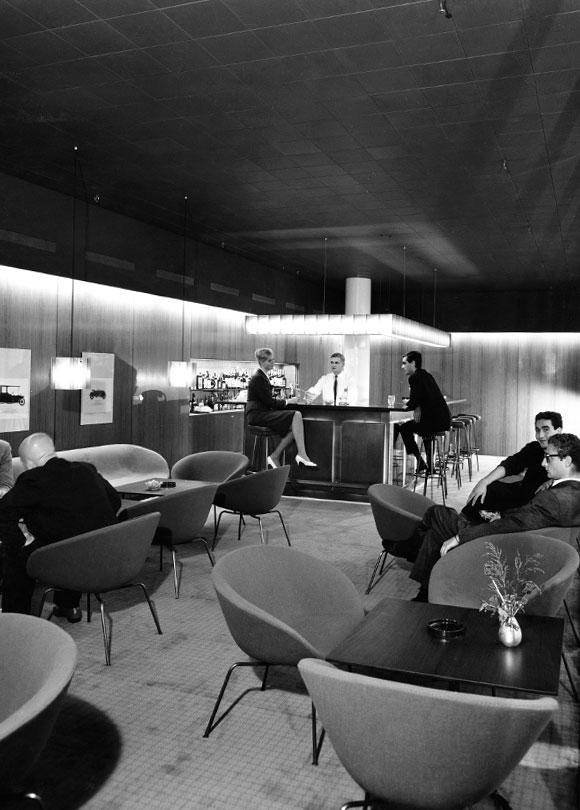
Did you enjoy this journey in the galaxy of 1968? Are you nostalgic for that rebellious and innovative design? Is there a product among those that I mentioned that impressed you the most? Is there any movement of that period that you want to report to me? I’m waiting for you, as always, in the comments.
IN THIS ARTICLE YOU SAW:
Up 5 and Up 6 by Gaetano Pesce – B&B Italia
The “Sacco” armchair by Gatti, Paolini, Teodoro – Zanotta
The circuit breaker switch by Achille and Pier Giacomo Castiglioni
Eclisse lamp by Vico Magistretti – Artemide
Ovalia Egg Chair by Henrik Thor – Larsen
Bubble Chair by Eero Aarnio – Eero Aarnio Originals
Cobra lamp by Elio Martinelli – Martinelli Luce
Plia by Giancarlo Piretti – Castelli
Snoopy by Achille and Pier Giacomo Castiglioni – Flos
Universal Chair by Joe Colombo – Kartell (out of production)



